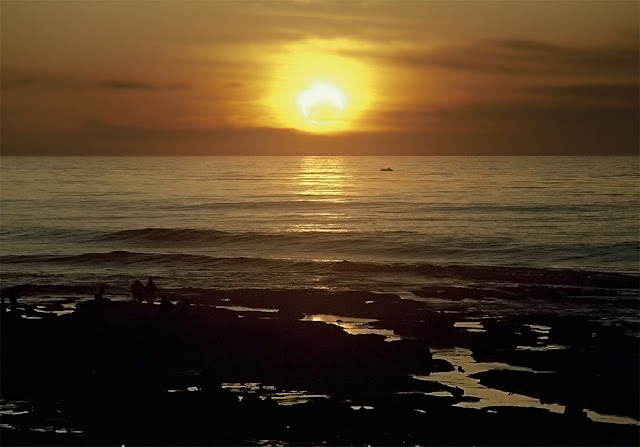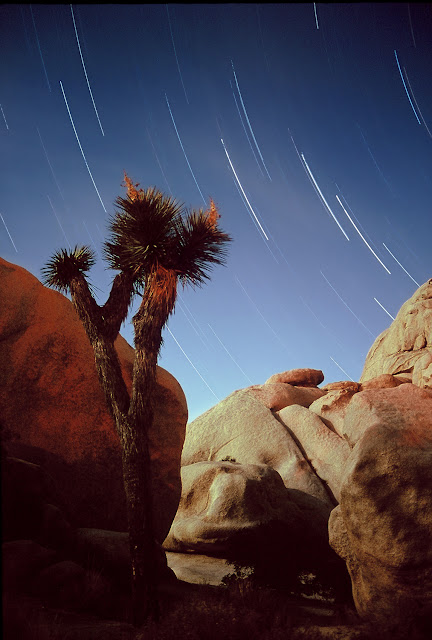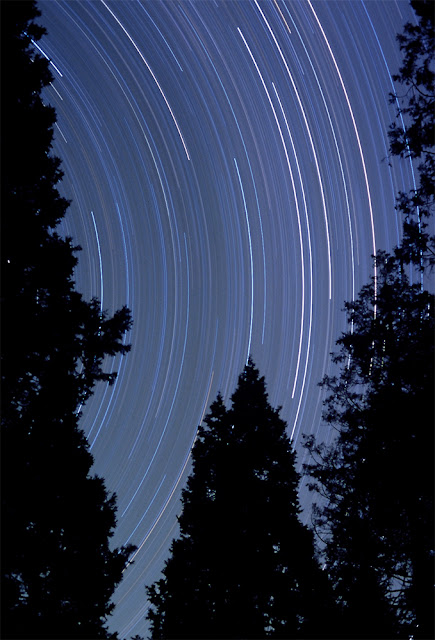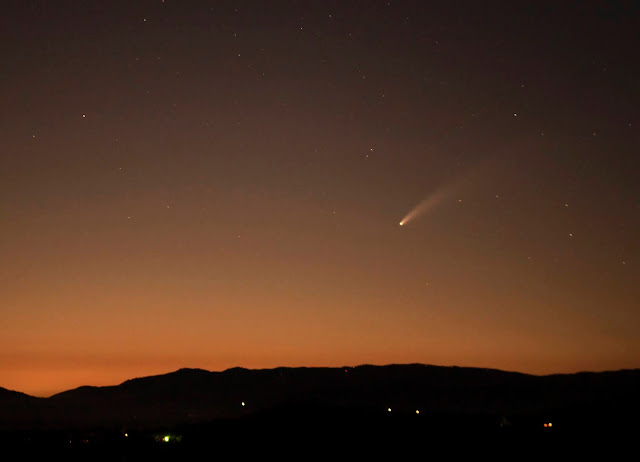I decided to make a day of it - a whirlwind tour of (some) of the more interesting local birds, to give a boost to my year list.
At the end of the day my year total stood at
157. Over half way to the goal of 300.
I visited the Poggi Creek greenbelt in Chula Vista (for the first time ever) in the morning to try for decent lighting on what I hoped would be cooperative rarities (the Thick-billed Kingbird and the Scissor-tailed Flycatcher). The morning was sunny, mild and essentially perfect. On initially searching the wide grassy area between housing developments, I found Cedar Waxwings in the tall sycamores. The Cassin's Kingbirds were noisy and active. After wandering a bit further south, I heard an odd, kingbird-like call and quickly spotted the hefty Thick-billed Kingbird in a smaller tree. It proceeded to move about in a small area, seeming to favor the tall sycamores for hunting from. A few moderately decent images were captured. A nice lifer!
 |
| Finally lower down in the sycamore. |
 |
| That is one thick bill! |
The Scissor-tailed Flycatcher was more elusive and I would not have seen it at all if not for a fellow birder who spotted it after I had wandered quite a bit further south, then turned back north (thank you Roger U.). It was perched far up in a tall tree, easy to recognize, but then flew off before I could get an image of it.
Then I headed to the baseball fields just S. of Nestor to see Vermilion Flycatchers if possible. I only found a female, but she was very calm and allowed easy photos as she hunted.
 |
| Her orange hues are visible here. |
Next came Imperial Beach and in the end I only visited the pier to see possible loons that had been described as being there by a fellow birder. I did find two Red-throated Loons and a Common Loon that appeared to be molting into breeding plumage. Pelagic Cormorants were loafing on the S. side of the pier, near the restaurant at the end.
 |
| The speckly back and dark bill suggest Common Loon. |
 |
| Pelagic Cormorant. The bill is very thin indeed. |
Then I visited the San Diego River mouth at Robb Field and saw a Little Blue Heron, a Reddish Egret and Blue-winged Teals, all year birds.
I check a couple other locations, but found not other birds for the 2020 list (including NO Black Skimmers on the NE corner of Vacation Isle).



















































